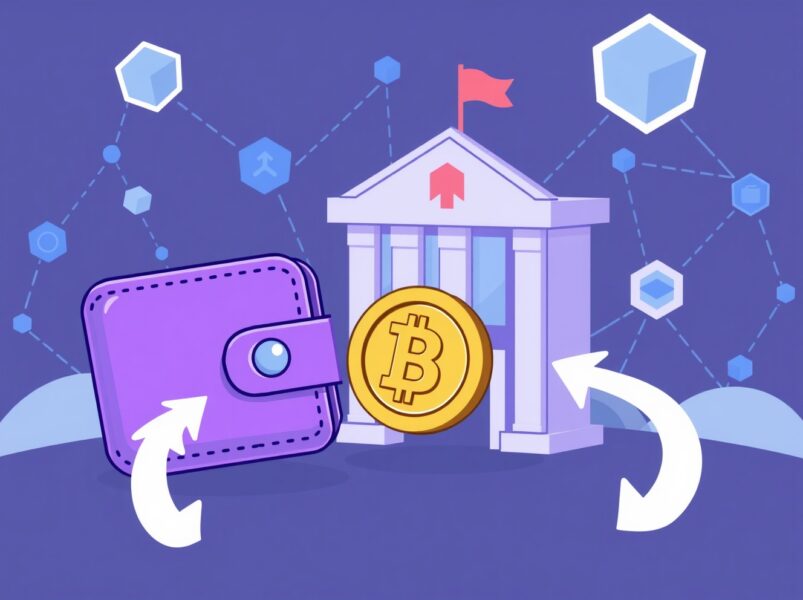Brazil’s Supreme Court Convicts Jair Bolsonaro Over Coup Attempt
Jair Bolsonaro, former President of Brazil, was found guilty of plotting a coup d’état alongside several other serious charges. The Supreme Court sentenced him to over 27 years in prison.
In his own capacities as a political leader, Bolsonaro made a marginal impact on pro-crypto regulatory policies. Still, his downfall could have major market implications.
Bolsonaro Found Guilty
Jair Bolsonaro, Brazil’s former President and Trump ally, has been at the center of a massive scandal. After narrowly losing an election in 2022, he attempted to stage a coup. This incident led to years of legal battles, but the nation’s Supreme Court has finally ruled on Bolsonaro’s case, finding him guilty.
Bolsonaro was found guilty of five charges: plotting a coup, being a member of a criminal organization, violence against state institutions, damaging public property, and attempting to overthrow the rule of law by force.
He has been sentenced to 27 years and three months in prison for these offenses.
Possible Market Consequences
Although he has been a Trump ally, Bolsonaro is a much more marginal figure to the international crypto community.
While in office, he supported a few pieces of pro-crypto legislation, but never made it a key part of his policy or public statements. Since his ouster, Bolsonaro has continued exercising little interest in the space.
Nonetheless, this is a huge moment in international politics, with possible implications for crypto. For example, Javier Milei, another South American President and Trump ally, is facing his own legal battles. A guilty verdict for Bolsonaro could make Milei’s downfall more likely, and he is a vocal crypto supporter.
Other unpredictable consequences could follow. Still, as far as Brazil is concerned, Bolsonaro’s guilty verdict won’t do much to impede crypto progress. His successor has spearheaded a number of friendly policies, including the world’s first XRP ETF. For now, investors might not need to worry.
You May Also Like

Crucial UNI Token Transfer: Unpacking Anchorage Digital’s $1.97M Move to Exchange

Carlita, DJ Tennis, and Calamar Crew to Headline AFTER 2049, the Official Closing Event for Asia’s Largest Web3 Conference
